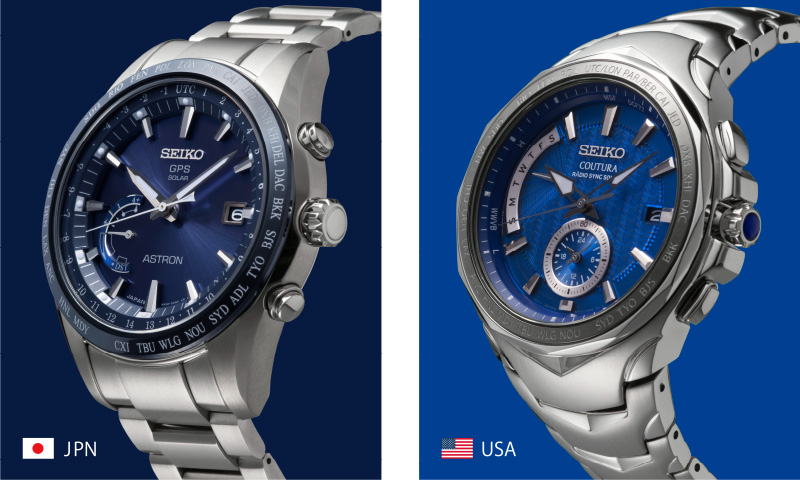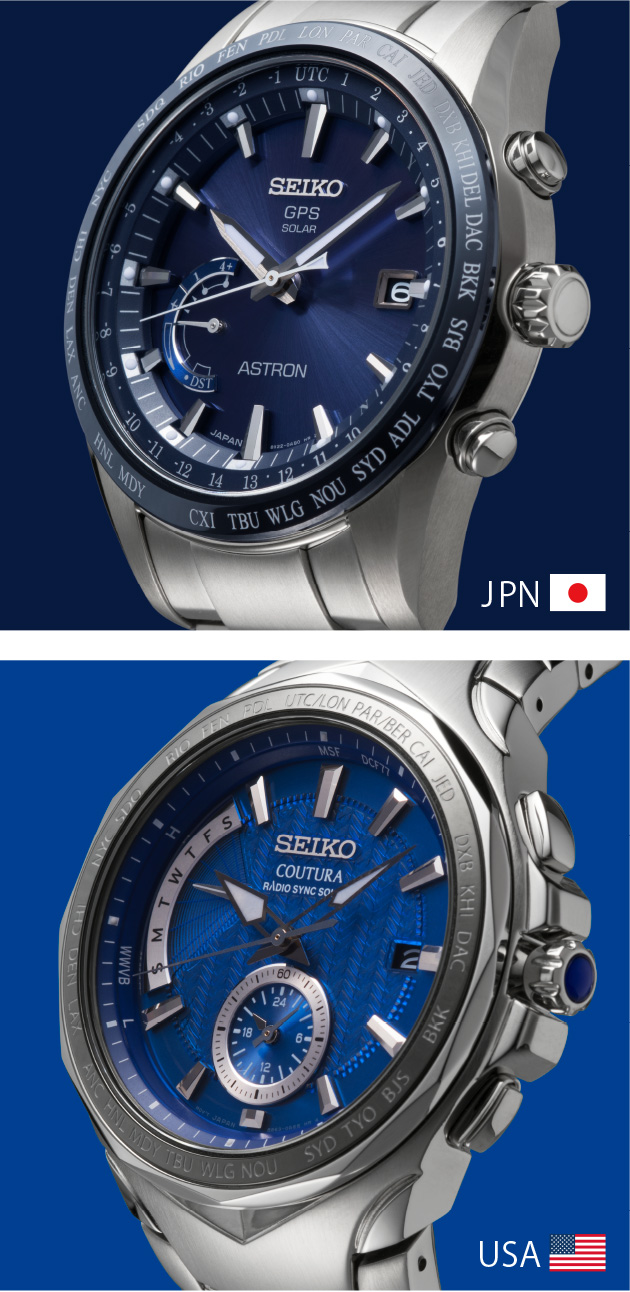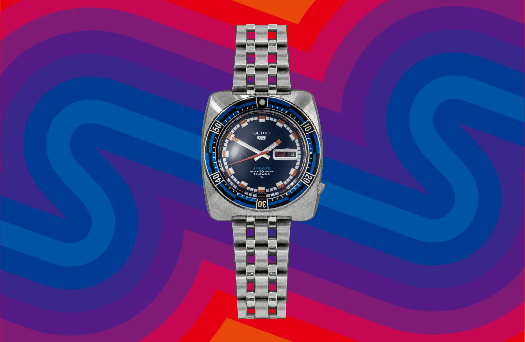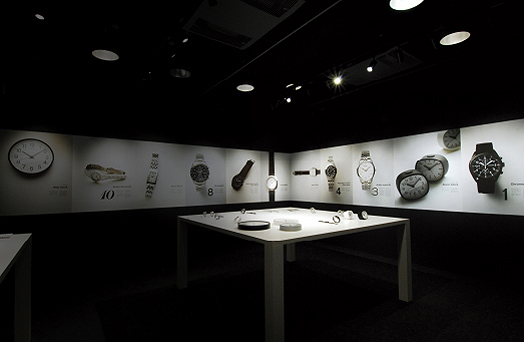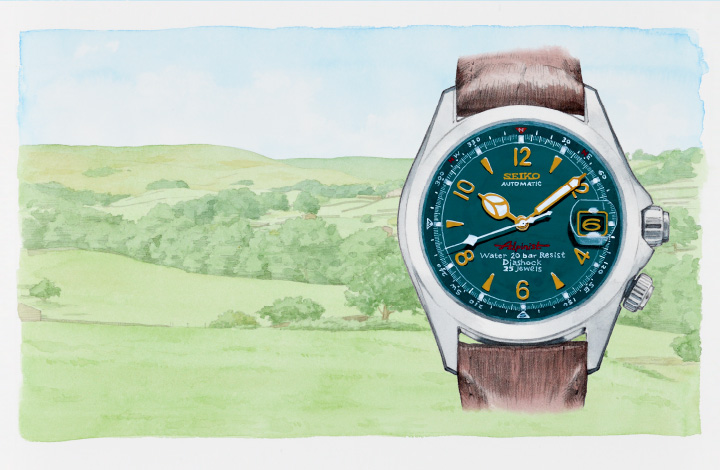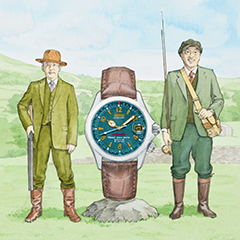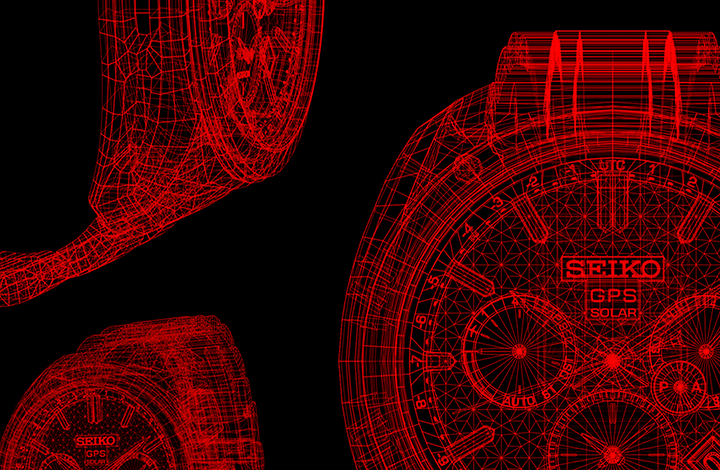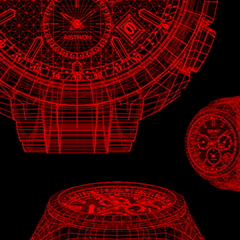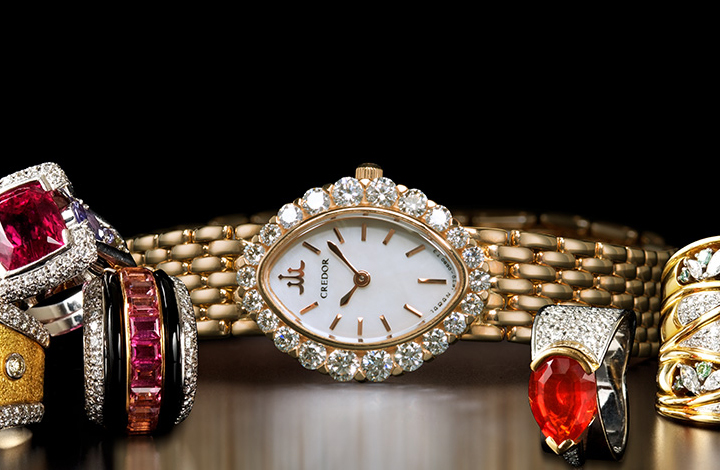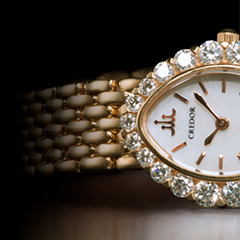Men’s vs. Ladies’. Here are the “in” colors for today’s watches!
There are, of course, specific colors used for watch hands, indexes, cases, and bracelets. Yet, it is the color of the watch dial that has the greatest influence in determining the watch’s overall first impression. For watches with the exact same shape and specifications, just the difference in the color of the dial alone can cause a dramatic change in the watch’s popularity and sales volume.
First of all, what are the key factors we designers consider when selecting a color for a watch dial? There is, of course, no single answer. The first major factor is whether the watch is a men’s or a ladies’ watch. Secondly, is it a dress watch or a sports watch, and then, what kind of person will be wearing the watch? These factors, along with the underlying concept behind the watch, all come together to form our basis for determining the best color for the dial.


In regards to gender, black is currently the most popular color for men. Next would probably be blue. White and silver have retained a steady popularity. On the other hand, the most popular color for women is white, and after that pale pink.
However, even if you say “black,” there are all kinds of black. Likewise, even if you say “white,” there are all kinds of different whites. When you combine the paint, the plating, and the coating, theoretically you come up with millions of possible color variations. From amongst these, we designers choose the color most perfectly suited to that particular watch.
Popular Watch Dial Colors
(according to a 2018 Survey by Kamata)
Colors Popular
Among Men
Colors Popular
Among Women
Colors Popular Among All People
If you click the button it will bring up a graph showing which dial colors are most popular. Is the dial color you chose a majority favorite? Or is it in the minority?
Does each country have its own favorite shade of blue?
As mentioned earlier, the color blue is one of the colors typically popular among men. This blue color is quite profound. There are 760 color variations for the finish applied to the watch dial. Of these, 165 are of blue. This is a surprisingly high ratio indeed.
I believe this affinity for blue stems from Japan’s culture and topography. From the fact that Japan is an island nation surrounded by the deep blue sea. Also from the fact that since times of old, a vivid and fresh blue color in the form of indigo dyes has become an integral part of the local lifestyle. To Japanese, blue has been a special color from the very distant past, and the very fact that this has persisted throughout history is perhaps why the Japanese as a people are able to distinguish even the most subtle differences in shades of blue.
Even in this “captivating blue” we can find evidence of the Japanese national character. Japanese mainly prefer a bolder blue that might well be called a dark navy blue like this Astron (SBXB109). On the other hand, in the United States, a more intense blue, such as the Coutura (SSG019), is more popular.
If we probe into this even further, I’m sure there is some kind of reason for this. For instance, no doubt there is some kind of connection to the fact that in Japan from long ago the colors navy blue and purple have been associated with people of high social standing.
And even the colors of people’s eyes have, I believe, been quite influential as to how they feel about the color blue. I can’t really imagine how people with blue eyes see the world, but I don’t think it’s the same as me. I think many Westerners who have a superior sense of fashion coordination are inclined to choose a watch dial that matches their eyes.
